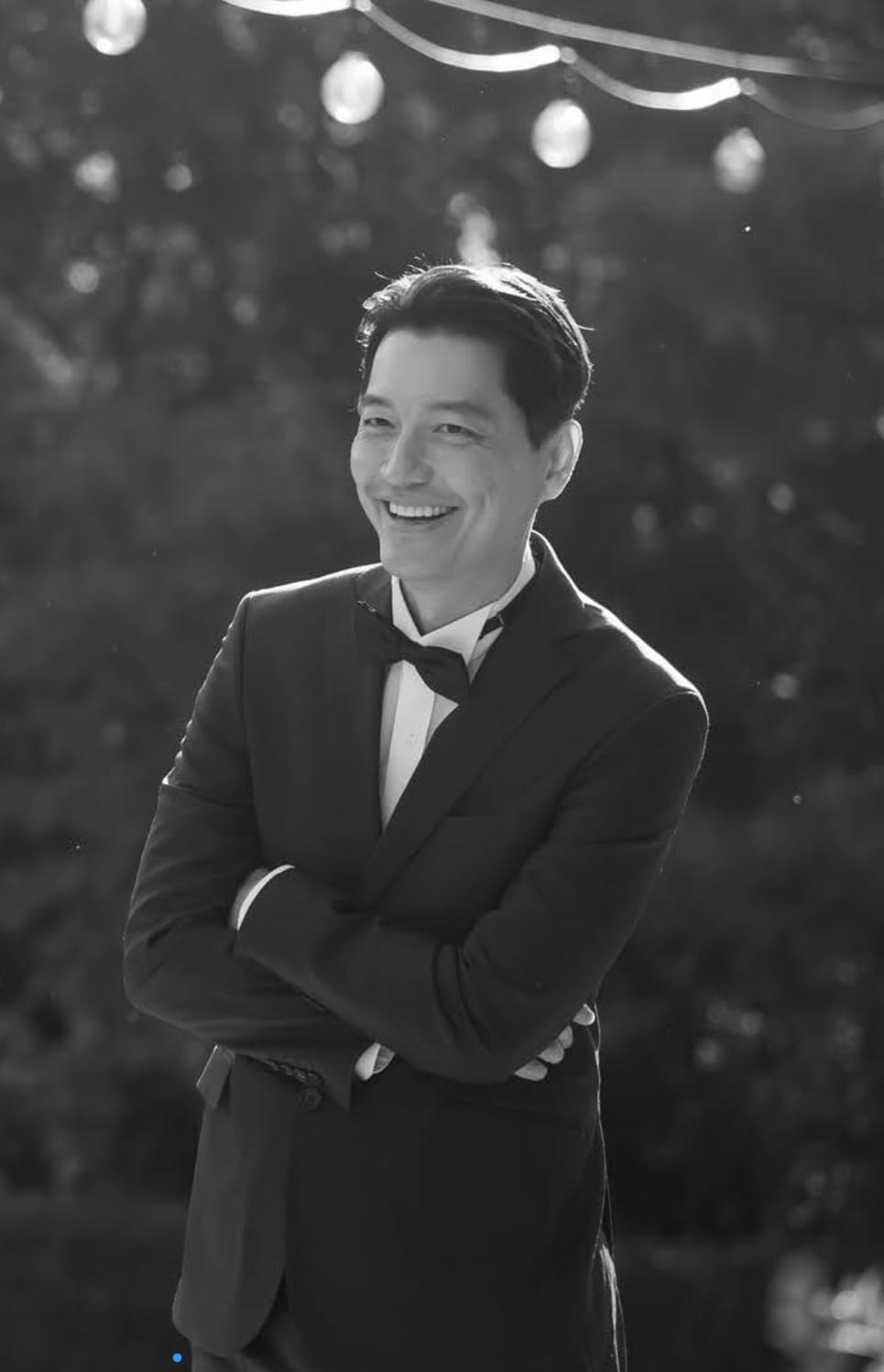 BACK
BACK
3 Time-Tested Investment Strategies You Must Know - Insurance Guru
- October 03, 2023
Looking for an investment strategy that works in any market conditions is like searching for the proverbial fountain of youth. Neither exists in reality. The financial market is subjected to too many unknown factors eg the collapse of oil prices that can hurt blue chip stocks like Keppel Corp or a sudden war (God forbids) that may take place in any part of the world; all these events will affect the performance of the stock market. Every kind of investment strategy has its limitations but what are some time-tested investment strategies out there for us to consider?
2) Doing “life-cycle investing” is an alternative investment strategy when one switches more to ‘safety’ by increasing the bond element in his investment portfolio when the ‘maturity’ date of his investment is nearing. The limitation is when the ‘switching to safety’ coincides with a market trough. This will only cause the portfolio to recover slower than it should and thus having a less profitable end result upon ‘maturity’ of the investment.
3) There is another school of thought that advocates a “dollar cost averaging” approach. This approach involves setting aside a fixed sum of money each month to buy into a fund or an exchange-traded fund (ETF that tracks a widely followed market gauge, such as the Straits Times Index). This approach, however, requires a lot of patience as it may take years before you can see any sizeable gain. Again, if you had started the dollar cost averaging approach at a market trough and the market recovers thereafter, you will be buying more and more expensive. In a bull run, such as the one that happened between 2002 and 2007, dollar cost averaging will dismally underperform in comparison to the “buy and hold” approach. Then again, who would not do “buy and hold” if we had known it was going to be a bull run ahead?
Looking at the above 3 strategies, “dollar cost averaging” over a long term horizon does have some advantages that the other 2 strategies do not have. Firstly, it helps us sleep better during a downturn, knowing that we are buying cheaper and cheaper and that one day when the market recovers, we will make our money back. This is not possible if you had dumped in all your money in a “buy and hold” strategy which will give you sleepless nights during a financial crisis. Secondly, “dollar cost averaging” is most affordable for most wage earners who can invest a fixed amount of money every month into an unit trust or ETF so that you do not have to use up all your ‘ammunition’ at once, thus giving you more peace of mind knowing you have more reserves in the bank. The emotional element in investing that causes impulsive buying and selling can make or break our investment returns, and the “dollar cost averaging” approach helps to alleviate that.
All in all, the best news is that we do not have to limit ourselves to one single investment strategy all our life. We can employ all or some of the above 3 strategies concurrently at different juncture of our life when we have different accumulation needs and goals, and also at different points in a market cycle. Strategies aside, an investor also has to take into account the time horizon he has, his risk profile, his other existing investments (so as to facilitate adequate diversification) before deciding on his investment type and strategy to employ. Therefore, please consult a qualified professional before making your next investment decision. In the multitude of good counsels, there is wisdom.
Insure yourself, protect others.
Yours,


The author of this article, Mr Sean Ong is a Certified Life Coach, a Master Practitioner in Neuro-Linguistic Programming and a Chartered Financial Consultant who has been featured on the local TV and radio, having begun his career in the finance industry since year 2002. In his efforts to contribute to the society, Sean ran 1,000 km over 87 days to successfully raise more than $13,000 for a children charity in year 2012. He also published a book subsequently where sales proceeds were donated to charity. Sean completed his Masters of Science Degree in Technopreneurship & Innovation in year 2020 and was honoured in the Director’s List for academic excellence. He has keen interests in InsurTech projects and mental wellness initiatives for the youths. Above all, Sean counts knowing Jesus Christ as the most significant event of his life. He can be contacted at seanong@ippfa.com.




